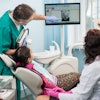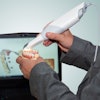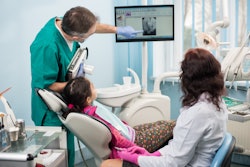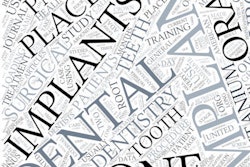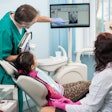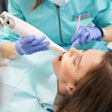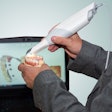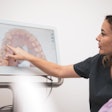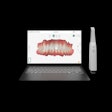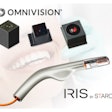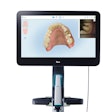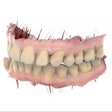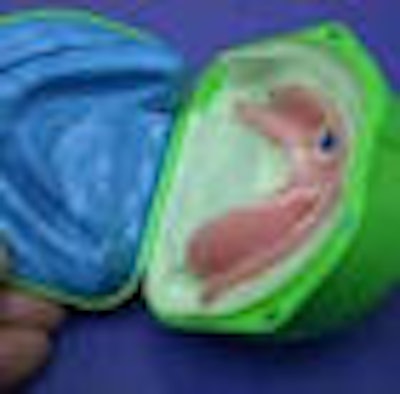
Korean dental hygienists prefer the Trios intraoral scanner over the iTero scanner for ease of use, patient comfort, and clinical usefulness, according to a study in BMC Oral Health (November 27, 2015).
In addition, dental students perceived that digital impressions were easier to take than conventional impressions; however, clinicians said there was no difference between the two methods.
Conventional impression-taking methods can be uncomfortable for patients, while also posing the possibility of deformation by the type of impression material, tray, and technique used, noted the authors, led by Hye-Ran Park from Ewha Womans University in Seoul. Digital impressions could overcome these limitations by providing a simple operating system, accuracy, and improved patient comfort. Other advantages include being able to preview 3D images while taking the impression.
Comparing intraoral scanners
In the study, the researchers evaluated the opinions of 34 dental hygienists who had been trained to take 3D digital impressions using the iTero (Align Technology) and Trios (3Shape) intraoral scanners.
The hygienists not only performed as operators, they also had the scanning experience as patients.
Before being trained on the iTero scanner, 53% of the hygienists said taking digital impressions might be easier than taking conventional impressions using rubber materials. However, after training, less than half (24%) of those in the iTero group said taking digital impressions was easier than conventional impressions. In the Trios group, the response rate for ease of use was 47%, both before and after training.
“The usefulness of intraoral scanners could be a successful alternative to conventional impression taking with proper training and increased clinical experiences in digital impression methods.”
If alginate material were used, 82% of the hygienists said taking digital impressions was more difficult than conventional impressions after being trained on the iTero scanners. In the Trios group, after training, 53% said taking digital impressions was more difficult than conventional impressions.
When digital impression taking was compared to conventional impression-taking methods with rubber materials, participants in both the iTero and Trios groups said intraoral scanners were more convenient, according to the authors.
Before the training, 65% of hygienists in the iTero group and 41% of hygienists in the Trios group said digital impressions may be more comfortable for patients than using rubber materials. Afterward, the comfort rate decreased to 53% among those who experienced the iTero scanner and increased to 47% in the Trios group.
Comparing patient comfort during impression taking using alginate, hygienists who said digital impressions were more convenient decreased from 53% to 41% in the iTero group and remained the same in the Trios group (53%).
Interestingly, more hygienists the iTero group said digital scanners could be useful tools in dental clinics.
The hygienists found the Trios scanner head to be significantly lighter than the iTero scanner. The Trios group also found that scanner significantly easier to handle, and the Trios software and hardware were easier to operate.
Positive overall feedback for digital scanners
This study showed that most of the hygienists (58.9%) felt digital impressions were more efficient than conventional methods before training; this percentage increased to 63.4% after training.
Furthermore, the participants gave positive feedback for anticipated accuracy, patient comfort, clinical usefulness, ease of skill acquisition, and interest in further use. Despite the negative responses, the study found that 82.4% of hygienists in both the iTero and Trios groups were willing to use the intraoral scanners in the future.
The study suggests that clinical usefulness was greater with Trios than with the iTero intraoral scanner, the researchers concluded.
The rate of positive response to questions investigating preference for digital impressions was significant in both the iTero and Trios groups, suggesting the possibility of rapid digitalization in the field of dentistry.
A 2014 study of Turkish dental and medical students showed that all of them preferred the digital impression-taking method using Cerec (Sirona) over conventional impression-taking methods regarding patient comfort, sensitivity, gag reflex, and user friendliness (BMC Oral Health, January 30, 2014).
"The usefulness of intraoral scanners could be a successful alternative to conventional impression taking with proper training and increased clinical experiences in digital impression methods," the authors concluded.
